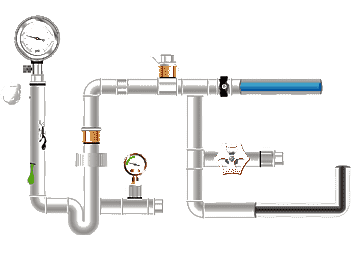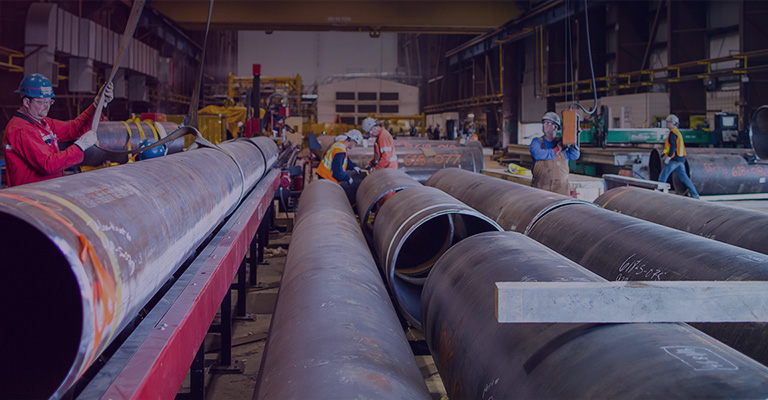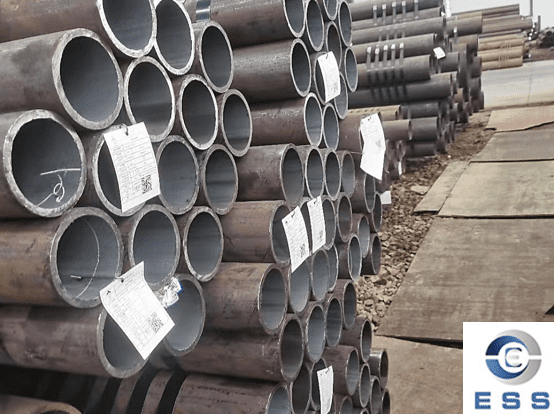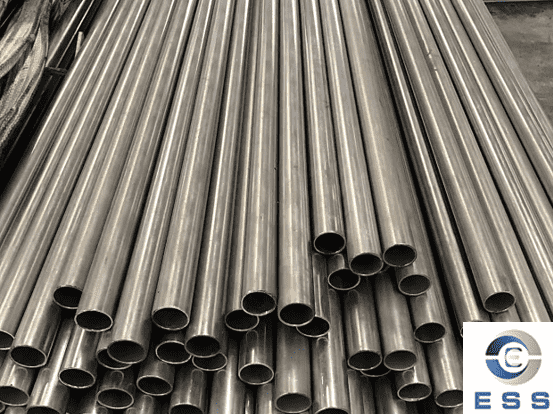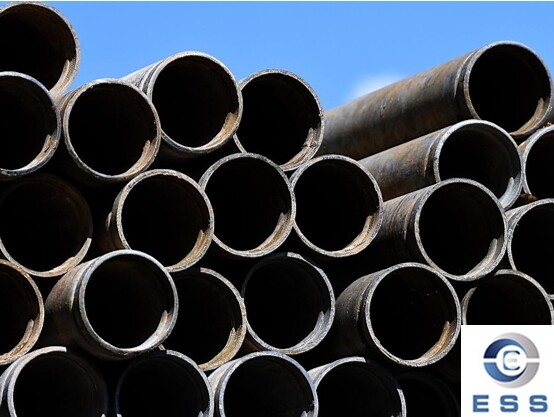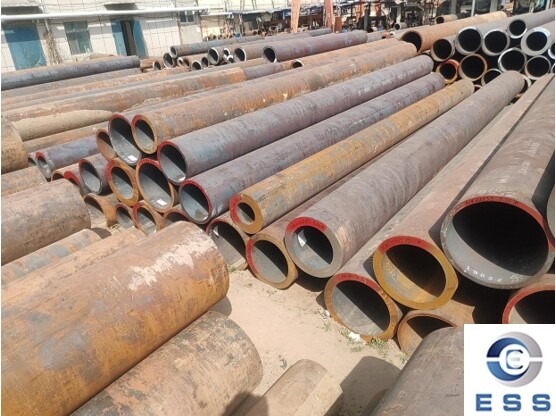
Steel pipes are widely used in industry and
construction, and seamless pipe and seam
pipe are the two most common types. Seamless pipes are made of a whole
piece of round steel, and after simplified processes such as perforation,
pickling and cold drawing, they are more suitable for the production of small
diameter and thick wall steel pipes.
Relatively speaking, the production of seam
pipes involves a multi-step process, including hot rolling, multi-pass rolling,
drawing, cutting and welding, which is suitable for the manufacture of large
diameter and thin wall steel pipes. So what is the difference between their
size specifications? The following will give you a detailed answer from the
diameter, length, wall thickness, etc.
Seamless pipe specification
Seamless pipes are made by hot
rolling or cold drawing, and are characterized by no obvious welds, so they
have high pressure bearing capacity and good sealing. The following are some
common seamless pipe specifications:
1. Diameter range
Varies from a few millimeters to several
meters, common ones are Φ6, Φ8, Φ10, etc., and can even reach Φ600
or more. Among them, 114mm is suitable for chemical and petroleum fields;
168.3mm and 219.1mm are often used in shipbuilding and chemical equipment and
other fields.
2. Wall thickness
The wall thickness of seamless pipes is
generally thicker, such as 13mm, 25mm, 30mm, etc. Depending on the purpose, the
wall thickness also varies, usually between 0.5mm and tens of millimeters. The
specific wall thickness also needs to be determined according to different
usage occasions.
3. Length
The length of seamless pipes is generally 6
meters or 12 meters, and there are other customized sizes to meet customer
needs.
4. Material
Mostly carbon
steel pipes, alloy steel pipes or stainless
steel pipes.
5. Uses
Widely used in petroleum, chemical,
electric power, boiler and other industries, especially in special environments
such as high temperature, high pressure, corrosion resistance, etc.
6. Standards
Seamless pipes usually follow national
standards, such as China's GB standard and the United States' ASTM
standard.
The specifications of some seamless pipes
are as follows:
|
Outer diameter (Φ)
|
Wall thickness (mm)
|
Length (m)
|
Material
|
Application
|
|
6-630
|
0.5-60
|
6-12
|
Carbon steel
|
Fluid transportation
|
Seam pipe specifications
Seam pipes, also known as welded
steel pipes, are made by curling and welding steel plates. Due to the
presence of welds, their pressure bearing capacity is relatively low, but the
price is more affordable and the production efficiency is high. The following
are some common specifications of seam pipes:
1. Diameter range
It is also wide, ranging from Φ20 to Φ1200 or even larger. Common seam pipe
diameters are 21.3mm, 48.3mm, 60.3mm, etc., among which 48.3mm is the standard
size for building scaffolding, and 60.3mm is a more commonly used engineering
size.
2. Wall thickness
Seam pipes are usually between 0.8mm and
20mm, and the wall thickness of steel pipes for different purposes will also
vary. Among them, the 2.5mm wall thickness seam pipe is suitable for bicycles
and furniture and other fields; the 3.0mm and 4.0mm wall thickness seam pipe is
suitable for construction and machinery fields.
3. Length
The length of the seam pipe is generally 6
meters or 12 meters, and there are other customized sizes to meet customer
needs.
4. Material
Mainly carbon steel and low alloy steel,
there are also some stainless steel seam pipes for special purposes.
5. Use
Mostly used for liquid and gas
transportation with low pressure requirements, building structures, bridges,
vehicles, ships and other engineering construction.
6. Standards
Common international standards include API
(American Petroleum Institute Standard), BS (British Standard), etc.
The specifications of some seam pipes are
as follows:
|
Outer diameter (Φ)
|
Wall thickness (mm)
|
Length (m)
|
Material
|
Application
|
|
20-1200
|
0.8-20
|
6-12
|
Carbon steel/stainless steel
|
Liquid and gas transportation
|
Summary
In summary, whether it is seamless pipe or
seam pipe, its specifications are varied to meet the needs of different
industries and uses. When choosing, it is necessary to consider the specific
application scenario, pressure requirements and budget and other factors
comprehensively.









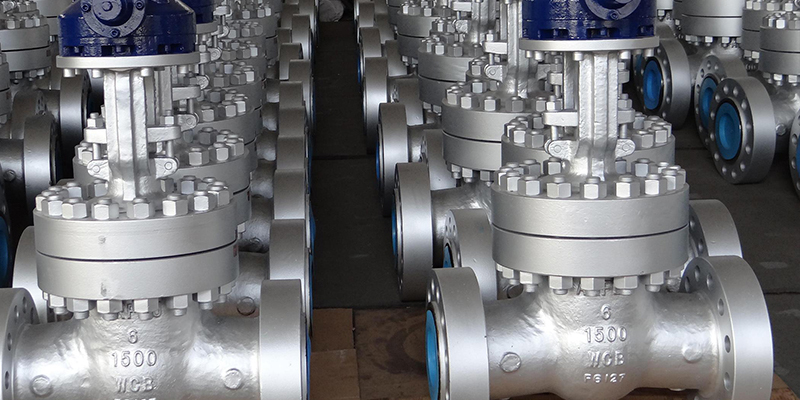
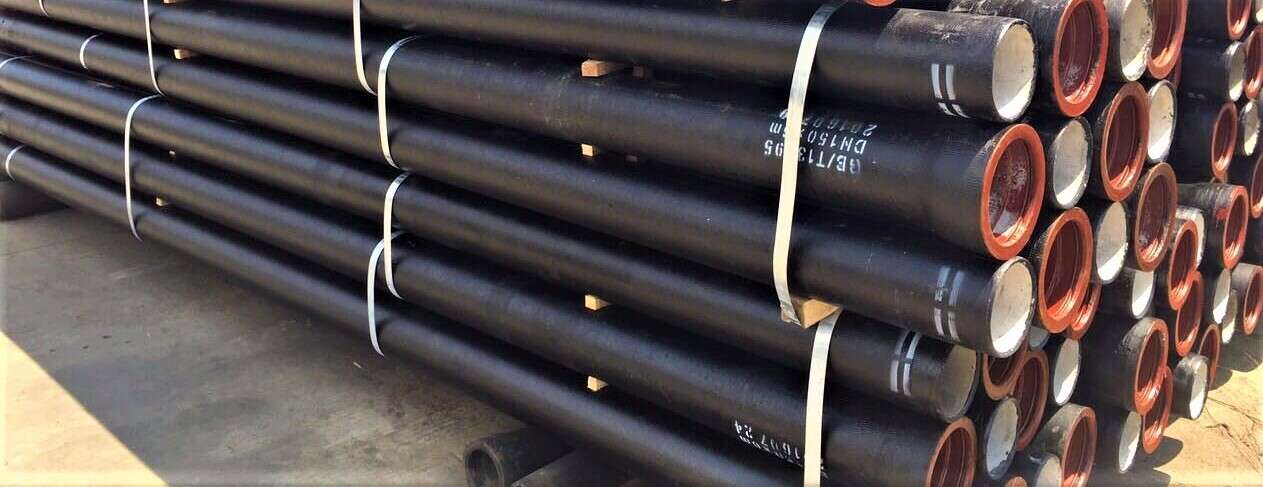


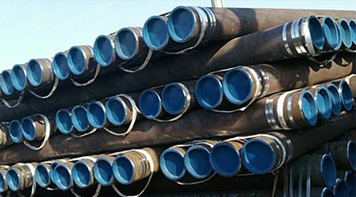 Eastern Steel Manufacturing Co.,Ltd not only improve product production and sales services, but also provide additional value-added services. As long as you need, we can complete your specific needs together.
Eastern Steel Manufacturing Co.,Ltd not only improve product production and sales services, but also provide additional value-added services. As long as you need, we can complete your specific needs together.
